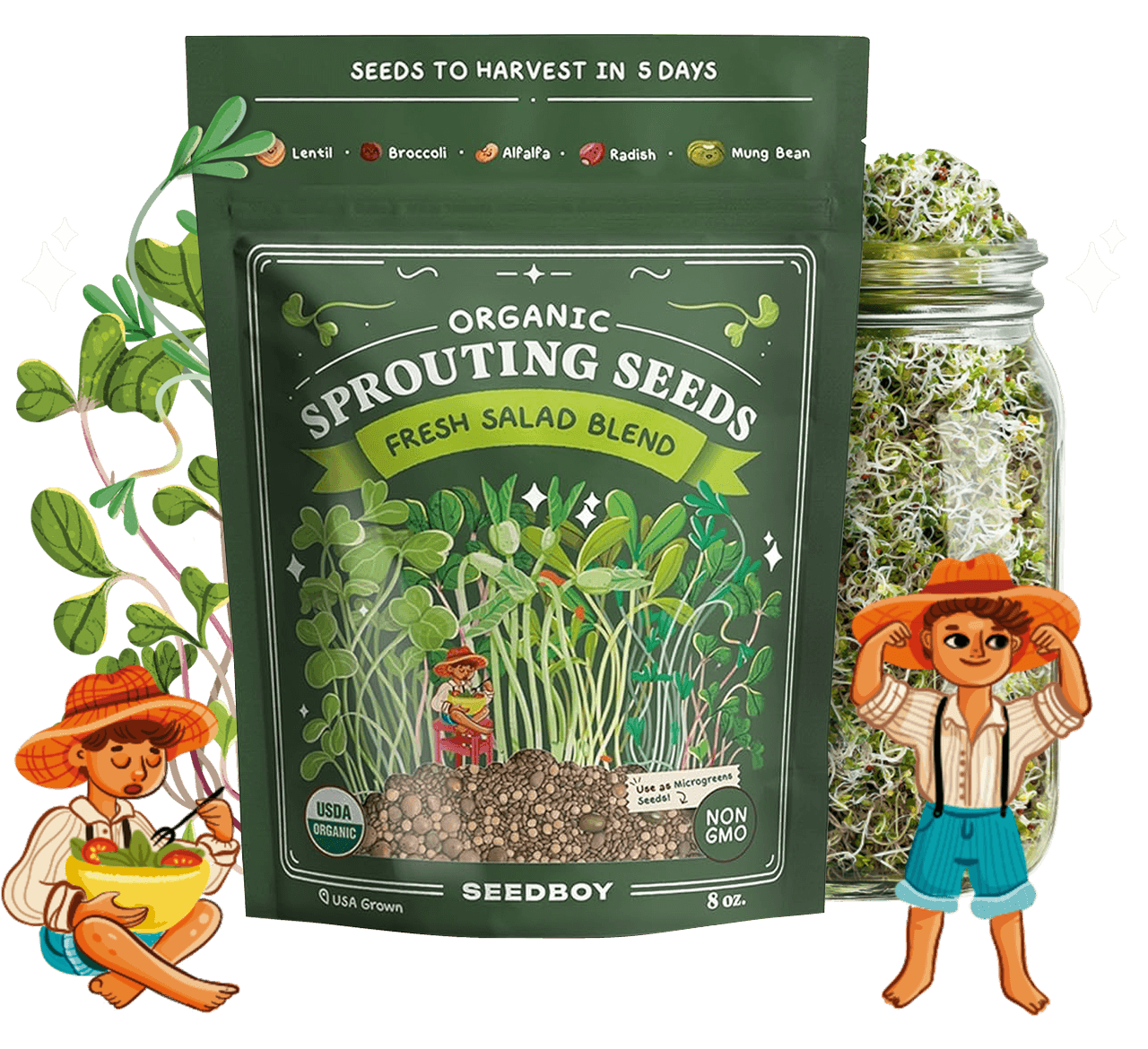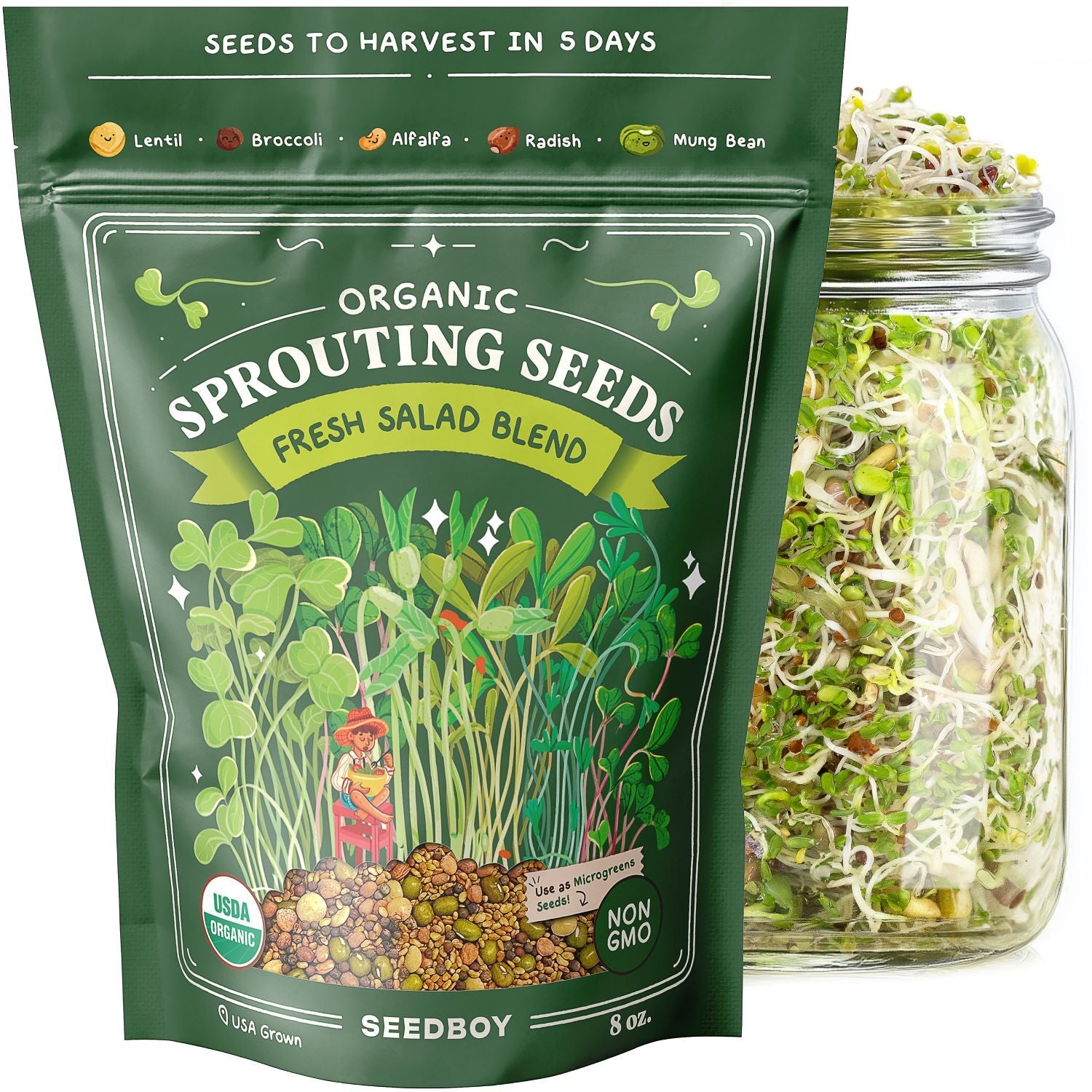
GROW GUIDE
Black Beauty Zucchini
Cucurbita pepo.
Plant Description
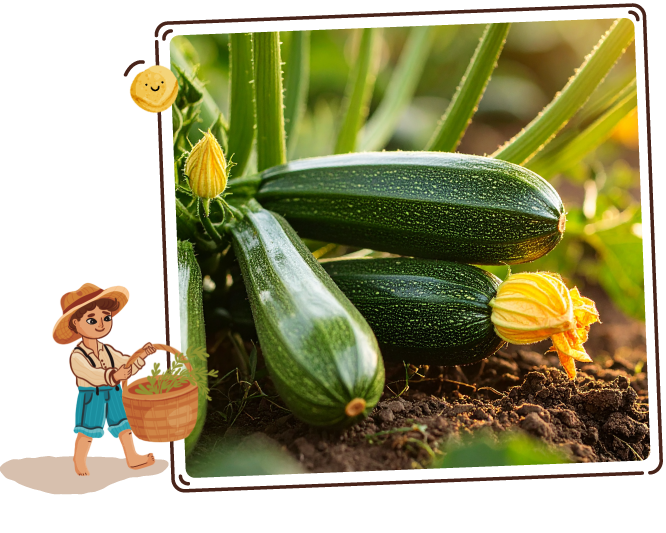
Black Beauty Zucchini
A vibrant summer squash known for its glossy, dark green skin and tender, pale flesh.
This versatile vegetable, prized for its mild, slightly sweet flavor, is a favorite in a variety of dishes, from stir-fries to baked goods, offering both flavor and texture with every bite.
Quick Facts:
-

Sun Requirements
Full Sun
-
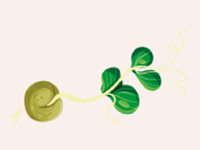
Days To Sprout
7-14 Days
-
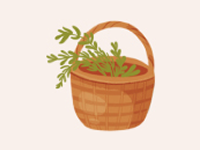
Days To Harvest
45-60 Days
-
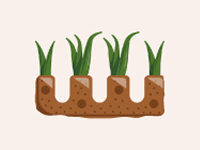
Plant Spacing
24-36"
-
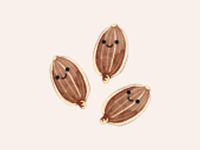
Seeds Per Hole
3
-
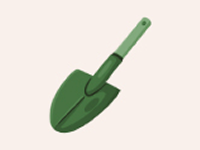
Planting Depth
1"
Best Planting Locations
-

Full Sun
Black Beauty Zucchini thrives in locations with at least 6–8 hours of direct sunlight per day, which promotes strong growth and high yields.
-

Raised Beds
Perfect for zucchini, raised beds provide well-draining soil and excellent air circulation, reducing the risk of root rot and promoting healthy plants.
-

Garden Plots
A traditional garden plot with rich, loamy soil and sufficient space for spreading vines ensures vigorous growth and consistent fruit production.
-

Containers
Large containers or grow bags are great for zucchini, especially in smaller spaces, offering flexibility and good drainage while allowing for easy mobility.
Getting Started
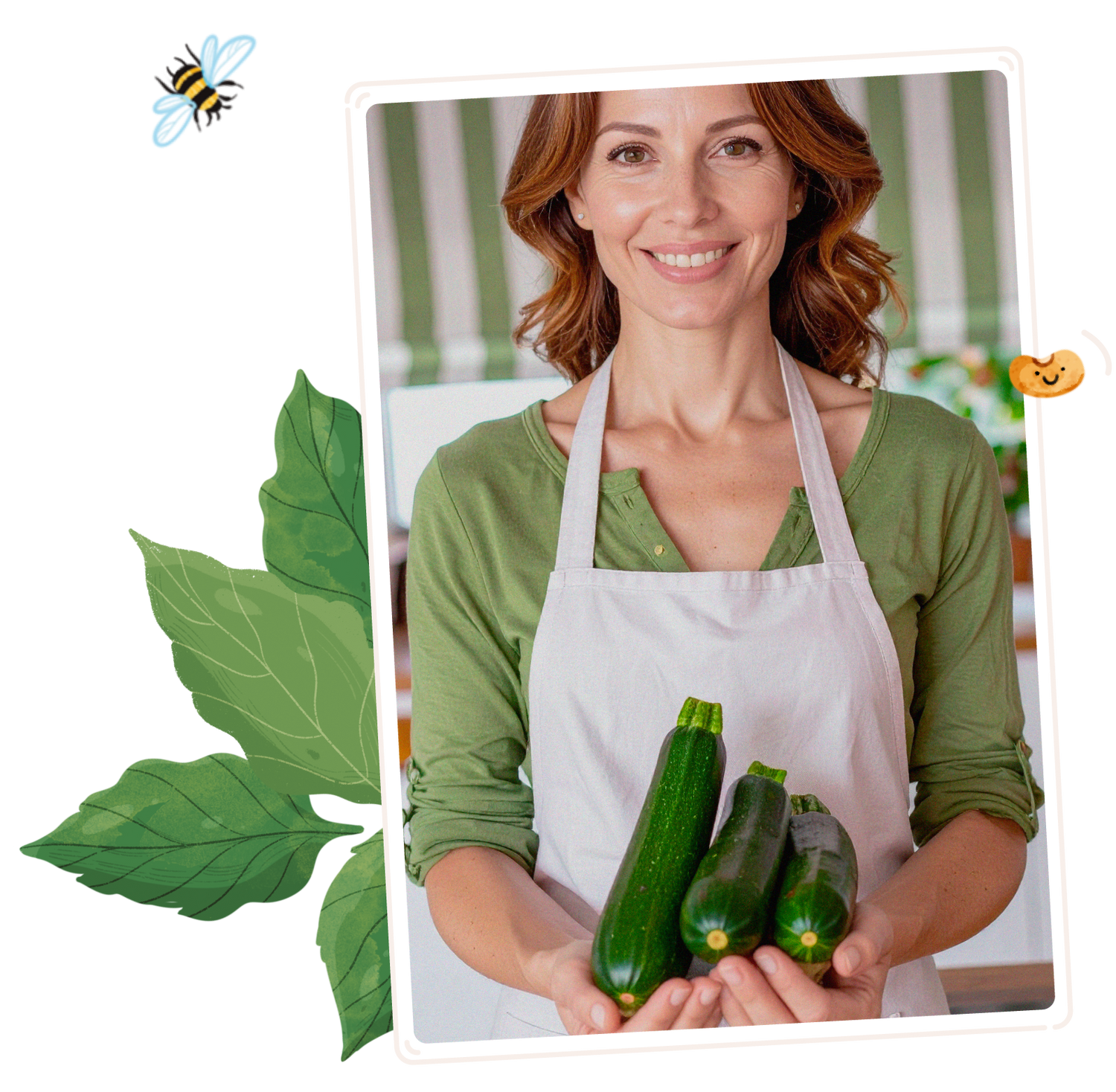
-
1
Find the Spot
Thrives in full sun and warmth, requiring at least 6–8 hours of direct sunlight daily. If planting in containers, ensure they're at least 18-24" wide and deep.
-
2
Prep the Soil & Fertilizer
Prefers well-draining, fertile soil. Mix in compost or well-rotted manure to enrich the soil before planting. For optimal growth, apply a balanced, slow-release fertilizer at planting, and consider side-dressing with nitrogen-rich fertilizer during the growing season.
-
3
Plant the Seeds
Plant 3 zucchini seeds 1 inch deep in well-prepared soil, either in the ground or containers. Keep the soil consistently moist during germination and ensure it’s warm, ideally between 70° to 95° F.
Once seedlings emerge, thin to the strongest plant and space them 3-4 feet apart for proper growth and airflow.
Good Neighbors:
-
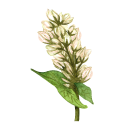
Buckwheat:
Buckwheat brings in pest predators which reduce harmful pests
-

Nasturtium:
Nasturtium protects against aphids and whiteflies
-

Oregano:
Deters common pests like aphids, squash bugs and cucumber beetles while attracting pollinators
-

Zinnia:
Zinnias nectar-rich flowers attract pollinators, leading to better fruit production
Enemy Plants:
-
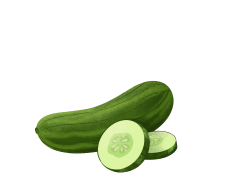
Cucumber:
Can lead to cross-pollination, resulting in hybrid fruits that may not have desirable traits
-
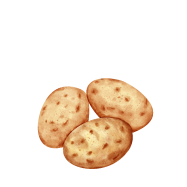
Potato & Sweet Potato:
Heavy feeders that can compete for space
Attractants:
-
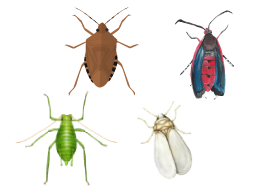
Aphids, Squash Bugs, Squash Vine Borers, Whiteflies:
Feed on the zucchini plant
Repellents:
-
No known repellents
Best Time to Plant
USDA Hardiness Zones
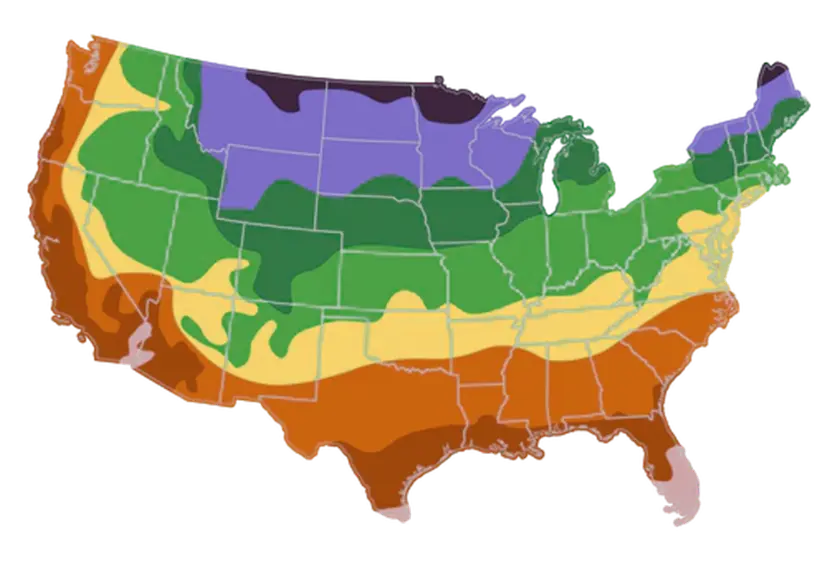
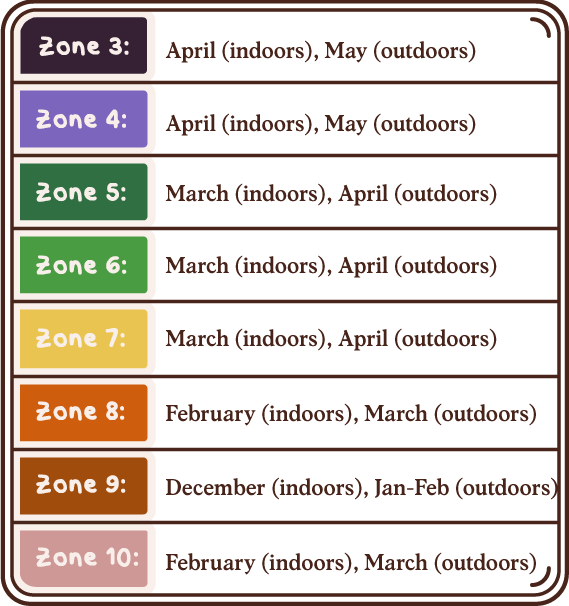
Day to Day Maintenance
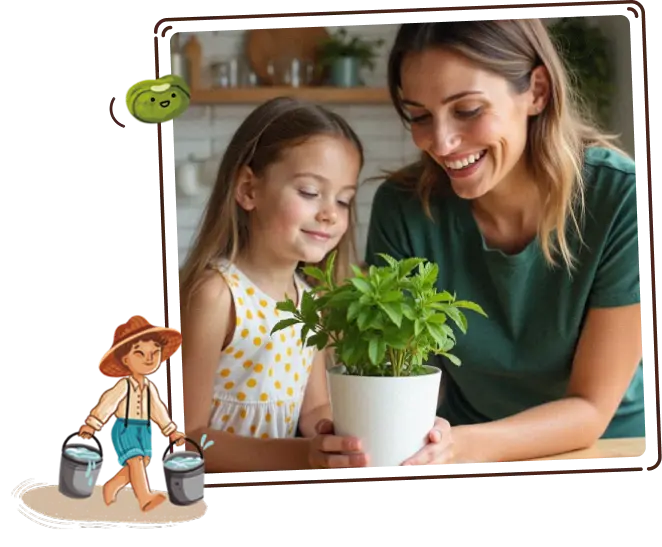
-
Watering
Water deeply and consistently to keep the soil evenly moist, especially during dry periods. Black Beauty Zucchini needs a lot of water, but ensure good drainage to prevent root rot. Avoid overhead watering to prevent fungal diseases.
-
Pruning
Prune plants to remove any dead or damaged leaves and encourage better air circulation. Regularly harvest mature fruits to promote continued production. Avoid pruning too much, as it can stress the plant.
The Harvest
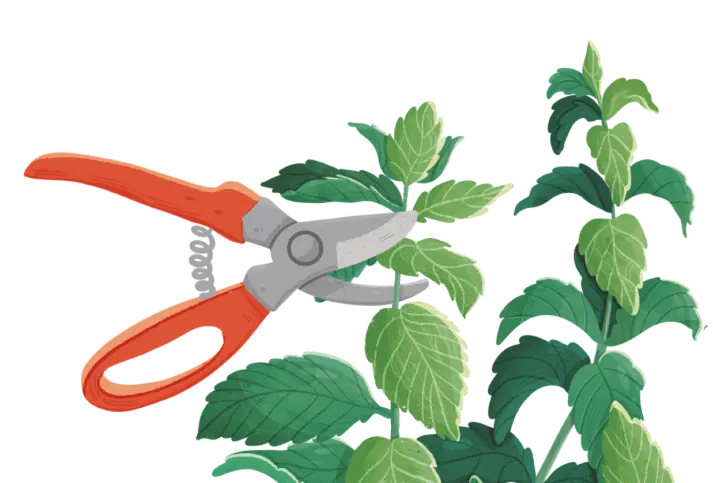
-
Gathering
Harvest the zucchini when they are 6 to 8 inches long and about 2-3 inches in diameter. This size ensures they are tender and flavorful. Avoid harvesting zucchini that starts to turn yellow at the bottom, as this indicates over ripeness and reduced flavor.
-
Use a sharp knife or pruners to cut the stem cleanly from the plant. Avoid twisting or pulling the fruit, as this can damage the plant and reduce future production.
Favorite Uses
-
Grilled
-

Stir-Fries
-
Noodles
-
Bread
-
Fritters

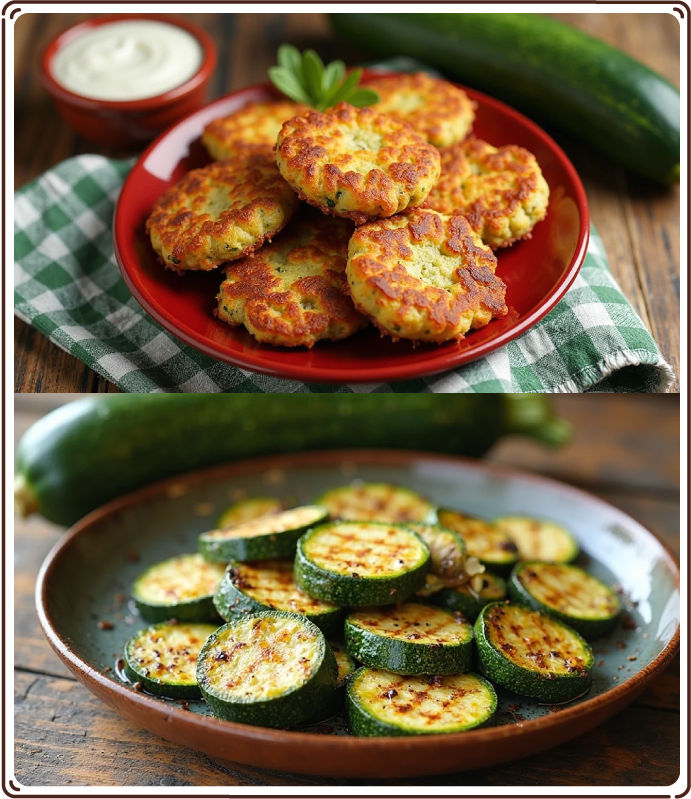
How to Store
-
Room Temperature
Duration: 3-5 days
Location: Cool, dry countertop away from direct sunlight
Method:Keep zucchini whole and unwashed at room temperature. Ensure proper air circulation to prevent moisture buildup, which can lead to spoilage.
-

Refrigeration
Duration: 1-2 weeks
Location: Crisper drawer of the refrigerator
Method: Store unwashed zucchini in a perforated plastic or paper bag to allow airflow and prevent excess moisture. Avoid sealing in airtight containers, which can cause premature decay.
-

Freezing
Duration: Several months
Location: Store in the freezer
Method(Sliced): Blanch zucchini slices in boiling water for 1-2 minutes, then quickly cool in ice water. Pat dry and spread on a baking sheet to freeze before transferring to a freezer-safe bag.Method (Grated): Grate raw zucchini, squeeze out excess moisture, and freeze in portioned bags for easy use in baking or cooking.
-
Dehydrating
Duration: Up to one year
Location: Cool, dry pantry in an airtight container
Method: Slice zucchini thinly and use a dehydrator or oven on low heat until fully dried. Store in airtight containers for use in soups or snacks.
Fun Facts

-
Fast Grower
Black Beauty Zucchini is a prolific producer, often yielding multiple zucchinis per plant each week during peak season. The more you harvest, the more it grows!
-
Hidden Blooms
Before zucchinis appear, the plant produces large, bright yellow flowers. These blossoms are not only beautiful but also edible and delicious in salads or fried.
-
Versatile Veggie
Though commonly treated as a vegetable, zucchini is technically a fruit since it develops from the plant’s flower and contains seeds—just like cucumbers and pumpkins!
-
Record Breaker
While best harvested small for tenderness, zucchinis can grow massive if left unchecked. Some have reached over 8 feet long and weigh more than 50 pounds!
Subscribe to our Newsletter: "The Small Garden Chronicles"
Where curious growers gather for garden inspiration.
